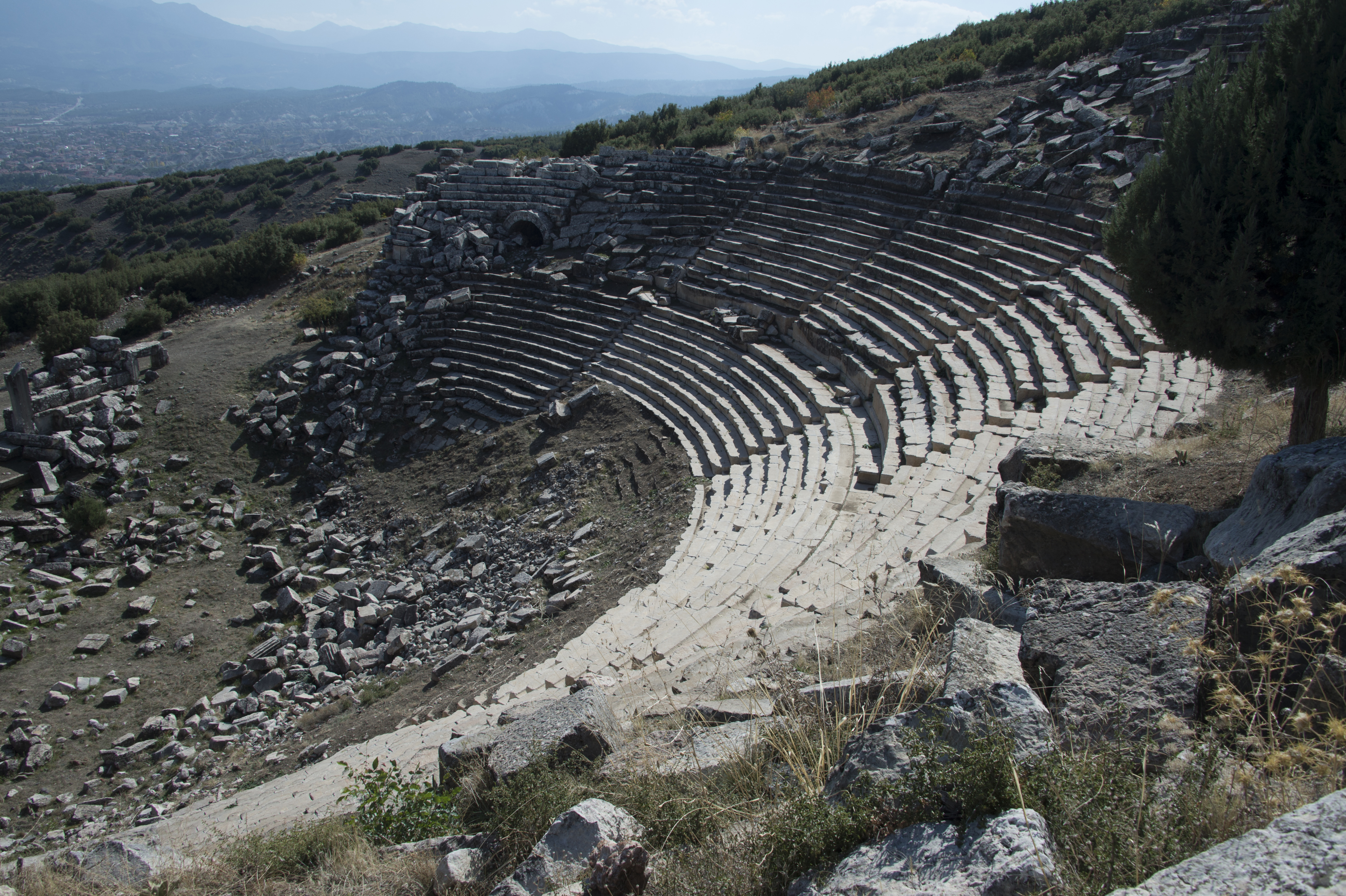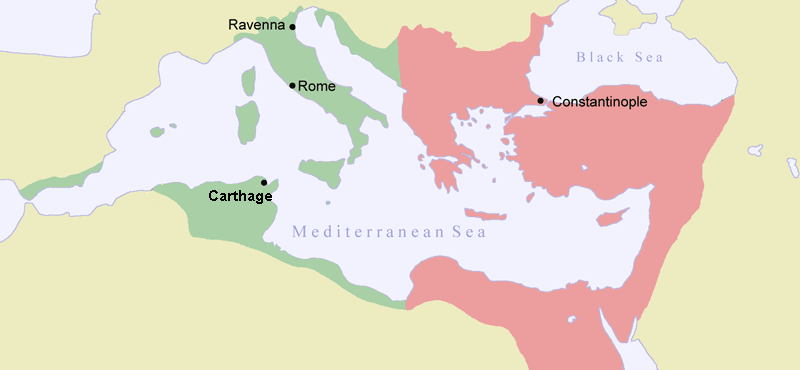|
Sindia (Lycia)
Sinda ( grc, Σίνδα) was an ancient town mentioned to have been situated on the western frontier of ancient Pisidia, in the neighbourhood of Cibyra and the river Caularis. Stephanus of Byzantium, who spoke of a ''Sindia'' as a town of Lycia, was thought to have alluded to the same place. Some writers have confounded Sinda with Isionda, which is the more surprising, as Livy mentions the two as different towns in the same chapter; modern scholars treat them as separate places. Its site is located near Gölhisar Gölhisar (Lakecastle) is a town and district of Burdur Province in the Mediterranean region of Turkey. History During antiquity Golhisar was site of an ancient city called Kibyra, the capital of a tetrapolis comprising Kiyra itself, Bubon, Balbur ... in Asiatic Turkey. References Populated places in Pisidia Ancient Greek archaeological sites in Turkey Former populated places in Turkey {{AncientPisidia-geo-stub ... [...More Info...] [...Related Items...] OR: [Wikipedia] [Google] [Baidu] |
Ancient Pisidia
Pisidia (; grc-gre, Πισιδία, ; tr, Pisidya) was a region of ancient Asia Minor located north of Pamphylia, northeast of Lycia, west of Isauria and Cilicia, and south of Phrygia, corresponding roughly to the modern-day province of Antalya in Turkey. Among Pisidia's settlements were Antioch(ia) in Pisidia, Termessos, Cremna, Sagalassos, Etenna, Neapolis, Selge, Tyriacum, Laodiceia Katakekaumene and Philomelium. Geography Although Pisidia is close to the Mediterranean Sea, the warm climate of the south cannot pass the height of the Taurus Mountains. The climate is too dry for timberland, but crop plants grow in areas provided with water from the mountains, whose annual average rainfall is c. 1000 mm on the peaks and 500 mm on the slopes. This water feeds the plateau. The Pisidian cities, mostly founded on the slopes, benefited from this fertility. The irrigated soil is very suitable for growing fruit and for husbandry. History Early history The are ... [...More Info...] [...Related Items...] OR: [Wikipedia] [Google] [Baidu] |
Kibyra
Cibyra or Kibyra (Greek: ), also referred to as Cibyra Magna, was an Ancient Greek city near the modern town of Gölhisar, in Burdur Province. It lay outside the north-western limits of the ancient province of Lycia and was the chief city of an independent state known as Cibyratis. Location The site is identified by its inscriptions. The Cibyratic plain is about 300 m above sea level. Cibyratis comprised the highest part of the basin of the Xanthus (river), and all the upper and probably the middle part of the basin of the Indus river, for Strabo describes Cibyratis as reaching the Rhodian Peraea. Mount Cragus ( Babadağ) at 6500 feet bounded it on the west and separated it from Caria. Pliny's brief description states that the river Indus, which rises in the hills of the Cibyratae, has sixty perennial contributories. History The city is mentioned by ancient literary sources. According to Strabo, the Cibyratae ( grc, Κιβυρᾶται) were said to be descendants of ... [...More Info...] [...Related Items...] OR: [Wikipedia] [Google] [Baidu] |
Livy
Titus Livius (; 59 BC – AD 17), known in English as Livy ( ), was a Roman historian. He wrote a monumental history of Rome and the Roman people, titled , covering the period from the earliest legends of Rome before the traditional founding in 753 BC through the reign of Augustus in Livy's own lifetime. He was on familiar terms with members of the Julio-Claudian dynasty and a friend of Augustus, whose young grandnephew, the future emperor Claudius, he exhorted to take up the writing of history. Life Livy was born in Patavium in northern Italy, now modern Padua, probably in 59 BC. At the time of his birth, his home city of Patavium was the second wealthiest on the Italian peninsula, and the largest in the province of Cisalpine Gaul (northern Italy). Cisalpine Gaul was merged in Italy proper during his lifetime and its inhabitants were given Roman citizenship by Julius Caesar. In his works, Livy often expressed his deep affection and pride for Patavium, and the city was we ... [...More Info...] [...Related Items...] OR: [Wikipedia] [Google] [Baidu] |
Strabo
Strabo''Strabo'' (meaning "squinty", as in strabismus) was a term employed by the Romans for anyone whose eyes were distorted or deformed. The father of Pompey was called " Pompeius Strabo". A native of Sicily so clear-sighted that he could see things at great distance as if they were nearby was also called "Strabo". (; el, Στράβων ''Strábōn''; 64 or 63 BC 24 AD) was a Greek geographer, philosopher, and historian who lived in Asia Minor during the transitional period of the Roman Republic into the Roman Empire. Life Strabo was born to an affluent family from Amaseia in Pontus (in present-day Turkey) in around 64BC. His family had been involved in politics since at least the reign of Mithridates V. Strabo was related to Dorylaeus on his mother's side. Several other family members, including his paternal grandfather had served Mithridates VI during the Mithridatic Wars. As the war drew to a close, Strabo's grandfather had turned several Pontic ... [...More Info...] [...Related Items...] OR: [Wikipedia] [Google] [Baidu] |
Stephanus Of Byzantium
Stephanus or Stephan of Byzantium ( la, Stephanus Byzantinus; grc-gre, Στέφανος Βυζάντιος, ''Stéphanos Byzántios''; centuryAD), was a Byzantine grammarian and the author of an important geographical dictionary entitled ''Ethnica'' (). Only meagre fragments of the dictionary survive, but the epitome is extant, compiled by one Hermolaus, not otherwise identified. Life Nothing is known about the life of Stephanus, except that he was a Greek grammarian who was active in Constantinople, and lived after the time of Arcadius and Honorius, and before that of Justinian II. Later writers provide no information about him, but they do note that the work was later reduced to an epitome by a certain Hermolaus, who dedicated his epitome to Justinian; whether the first or second emperor of that name is meant is disputed, but it seems probable that Stephanus flourished in Byzantium in the earlier part of the sixth century AD, under Justinian I. The ''Ethnica'' Even as a ... [...More Info...] [...Related Items...] OR: [Wikipedia] [Google] [Baidu] |
Ancient Lycia Lycia ( Lycian: 𐊗𐊕� |





.jpg)